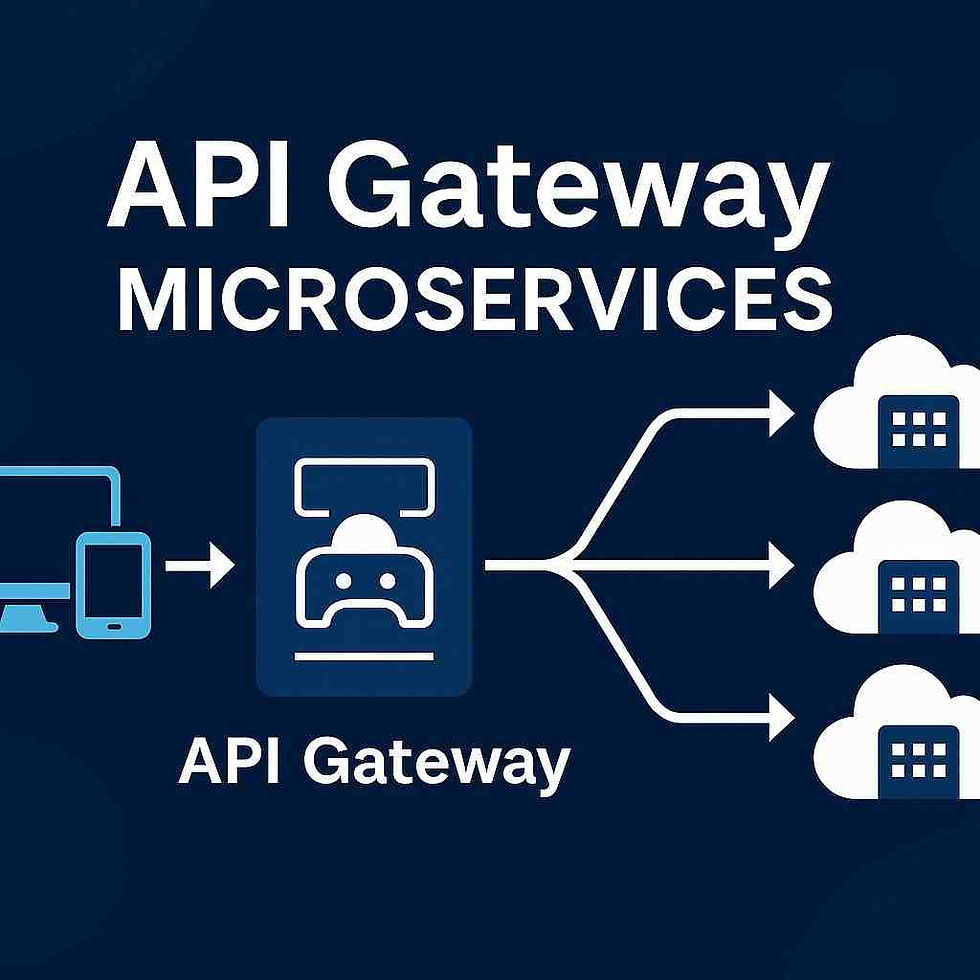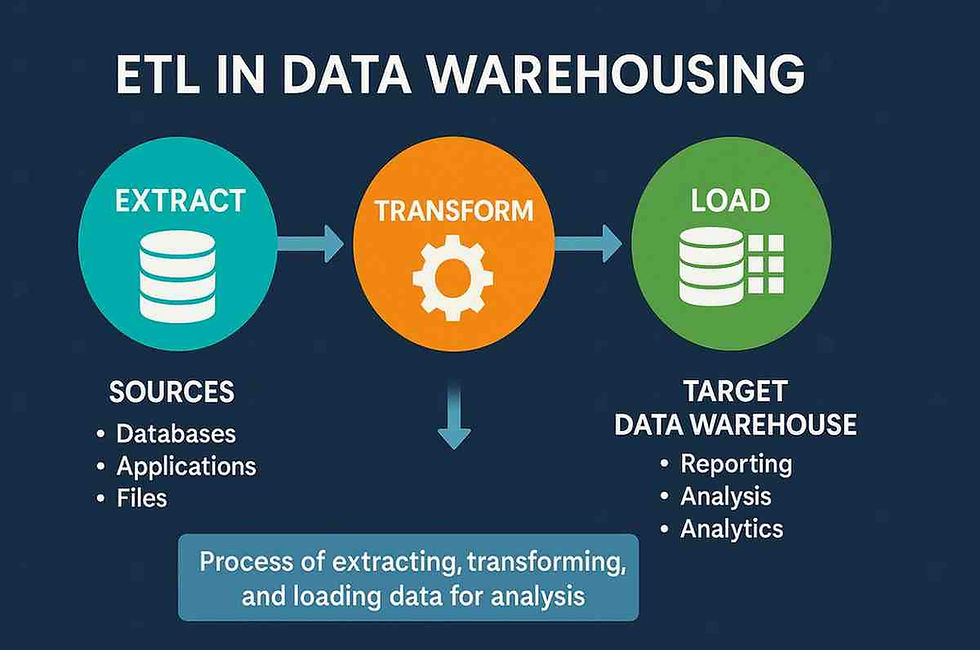2FA Live: Elevate Security with Two-Factor Authentication
- Gunashree RS
- Sep 10, 2024
- 8 min read
Introduction to 2FA Live
In today’s digital world, securing online accounts is more important than ever. With cyber-attacks and data breaches becoming more frequent, protecting sensitive information is paramount for both individuals and businesses. This is where 2FA live comes into play. Two-factor authentication (2FA) adds an extra layer of security to your online accounts, making it significantly harder for unauthorized users to gain access, even if they have your password.
2FA live works by requiring two separate forms of identification to verify a user’s identity. The first is typically something the user knows, such as a password, and the second is something the user has, such as a one-time authentication code generated by an app or sent via email. This real-time, dynamic authentication mechanism ensures that even if one factor is compromised, your account remains protected.
This article will walk you through everything you need to know about 2FA live, how it works, the benefits, and how you can implement it to safeguard your accounts.
What is 2FA Live?
2FA live refers to the real-time process of adding a second layer of authentication when accessing an online account. When a user logs in, they must not only enter their password but also provide a secondary authentication code. This code is typically time-sensitive and can be generated by an authenticator app or sent via email, ensuring that only the rightful user can complete the login.
The live aspect emphasizes that the second authentication factor is always dynamically generated or retrieved in real time. Whether through apps like Google Authenticator or via email, this one-time code acts as a gatekeeper, providing a stronger defense against cyber threats than traditional password-only systems.

Why 2FA is Essential for Modern Security
In the past, passwords were considered sufficient to protect accounts. However, the rise in cyberattacks, phishing schemes, and social engineering tactics has made passwords alone inadequate. Hackers have become proficient at obtaining user credentials through various means, including brute force attacks, password dumps from compromised websites, and phishing emails designed to trick users into revealing sensitive information.
2FA live is essential because it reduces the risk of account compromise by adding a second factor that’s much harder to intercept or replicate. Even if an attacker has your password, they would still need access to the second form of authentication, such as a code generated on your smartphone or sent to your email.
How 2FA Live Works
Setting up and using 2FA live is straightforward, but it provides an immense boost in security. Here’s how the 2FA live process typically works:
Log In with Your Username and PasswordThe first step in the login process is to enter your regular credentials—your username and password.
Enter a One-Time CodeAfter entering your password, the system will prompt you to input a second factor—typically a code generated by an authenticator app or sent via email. This code is time-sensitive and changes every 30 seconds in most cases.
Complete the Authentication ProcessOnce the code is entered and verified, you are granted access to your account. If the code is incorrect, access is denied, further securing the login process.
Real-Time Code GenerationFor apps like Google Authenticator, the code is generated in real time, ensuring it can only be used once. If an attacker attempts to use a previously generated code, it will have already expired.
Supported Methods for 2FA Live
When implementing 2FA live, there are two main methods of generating the second authentication factor: using authenticator apps or receiving codes via email. Let’s explore both methods in detail:
1. Authenticator Apps (TOTP)
The most secure and widely recommended option for two-factor authentication is to use a Time-based One-Time Password (TOTP) authenticator app. Popular options include:
Google Authenticator
Duo Mobile
Authy
Microsoft Authenticator
These apps work by generating a new, time-sensitive code every 30 seconds. The code can only be used once, adding an extra layer of security to your login process. Authenticator apps are widely trusted because they don’t require an internet connection and can generate codes even offline.
How It Works:
Open your chosen 2FA app.
Scan a QR code provided during the setup process for the account you want to protect.
Each time you log in, the app will generate a new 6-digit code that must be entered after your password.
2. Email-Based Authentication
An alternative to using an authenticator app is to receive your second-factor code via email. This method is simpler, as most users already have access to their email. However, it is slightly less secure than an authenticator app because emails can sometimes be intercepted or delayed.
How It Works:
After entering your password, you receive an email containing a one-time code.
Copy the code from the email and paste it into the login prompt.
Access is granted if the code matches and is still valid.
How to Enable 2FA Live on Your Accounts
Enabling 2FA live is a simple process that can greatly improve the security of your online accounts. Here's a step-by-step guide to enabling two-factor authentication on a service like BrowserStack, which supports 2FA:
Log In to Your AccountFirst, sign in to your BrowserStack account or any other service that supports 2FA.
Navigate to Security SettingsGo to your account settings, and find the Security or Authentication section. Look for the option to enable Two-Factor Authentication.
Choose Your Preferred 2FA Method.You will typically have the option to choose between using an authenticator app or receiving email codes. Select the method that works best for you.
Set Up the 2FA Method
If you choose the authenticator app method, scan the QR code provided by the website with your mobile app (e.g., Google Authenticator).
If you choose email, you’ll be asked to verify your email address, and a code will be sent to you.
Enter the One-Time CodeAfter setting up 2FA, the system will generate a one-time code for you to test. Enter this code in the space provided to complete the setup process.
Backup Recovery CodesAfter enabling 2FA, you will often receive recovery codes. These codes can be used to regain access to your account if you lose your device or can’t access your email. Save these codes in a secure location.
The Importance of Enforcing 2FA in Organizations
For businesses, ensuring that all employees have 2FA live enabled is crucial to prevent unauthorized access to sensitive information. Organizational accounts often store critical data and infrastructure access, making them prime targets for cyberattacks.
Enforcing 2FA for Your Organization
Business account owners can enforce 2FA for all employees, ensuring that every team member has it enabled. Here’s how an organization can enforce 2FA:
Log In as the Account OwnerThe organization owner needs to sign in with their credentials.
Navigate to the 2FA Enforcement Settings.Go to the account’s security settings and select the option to enforce 2FA for all users.
Configure 2FA EnforcementOnce confirmed, every member of the organization will receive an email asking them to set up 2FA within a specified time frame (usually 7 days). After the grace period, users without 2FA enabled will be logged out until they complete the setup process.
Monitor 2FA StatusAdmins can view the 2FA status of each user in the organization through the User Management dashboard. This allows organizations to ensure compliance and maintain security standards.
Benefits of Using 2FA Live
The benefits of enabling 2FA live extend beyond just securing personal accounts. Here's why adopting two-factor authentication is critical in today’s security landscape:
1. Enhanced Security
By requiring two forms of verification, 2FA significantly reduces the chances of unauthorized access. Even if your password is stolen, the attacker would still need access to your secondary authentication method.
2. Protection Against Phishing
Many phishing attacks attempt to steal login credentials. With 2FA enabled, even if you accidentally give away your password, the attacker won’t be able to log in without the second factor.
3. Compliance with Industry Standards
Many industries now require two-factor authentication as part of their security protocols. Enabling 2FA helps organizations comply with regulations such as GDPR and HIPAA, ensuring that customer data is protected.
4. Account Recovery with Backup Codes
2FA provides an additional layer of safety for account recovery. In case you lose access to your primary device or authentication method, backup recovery codes allow you to regain access to your account.
Challenges and Limitations of 2FA Live
While 2FA live is an excellent security measure, it’s not without challenges. Here are some common limitations users may face:
Device Dependency: Authenticator apps rely on your mobile device. Losing or damaging your device could lock you out of your account if you don’t have backup codes.
Email Delays: Email-based authentication may face delays or issues if your email provider is experiencing downtime or delays in delivery.
User Convenience: Some users may find the extra step of entering a one-time code cumbersome, potentially leading to resistance when enforcing 2FA.
Conclusion
In conclusion, 2FA Live is an essential tool in modern cybersecurity, offering robust protection against unauthorized access to online accounts. By adding an additional layer of verification, 2FA ensures that even if your password is compromised, your account remains secure. Whether through an authenticator app or email, enabling 2FA live can safeguard your personal and organizational data, making it a must-have for anyone looking to enhance their online security.
Key Takeaways
2FA live adds an extra layer of security by requiring two forms of verification for login.
Authenticator apps generate real-time, time-sensitive codes, making them highly secure.
Email-based authentication is convenient but slightly less secure than app-based methods.
2FA is essential for organizations to protect sensitive information from unauthorized access.
Businesses can enforce 2FA across their teams to ensure full compliance with security standards.
Backup recovery codes are crucial for account recovery in case you lose access to your authentication device.
Frequently Asked Questions (FAQs)
1. What is 2FA live?
2FA live is a two-factor authentication process that requires users to verify their identity using both a password and a time-sensitive authentication code, providing real-time security.
2. Which is more secure: authenticator apps or email-based 2FA?
Authenticator apps are generally more secure than email-based 2FA, as they generate real-time codes that are harder to intercept.
3. How can I enforce 2FA in my organization?
As an account owner, you can enforce 2FA by configuring it in your account’s security settings and ensuring all team members enable it within a specified timeframe.
4. Can I use 2FA live with multiple accounts?
Yes, authenticator apps like Google Authenticator and Authy allow you to set up 2FA for multiple accounts from one device.
5. What happens if I lose my device?
If you lose your device, you can use backup recovery codes to regain access to your account.
6. Does 2FA live affect API usage?
No, enabling 2FA live does not impact API usage.
7. How often do I need to re-enter 2FA codes?
You will need to re-enter a 2FA code every time you log into your account, or when prompted after a session timeout.
8. Is 2FA live mandatory for all online services?
No, 2FA is not mandatory for all online services, but it is highly recommended for improving account security.




Comments